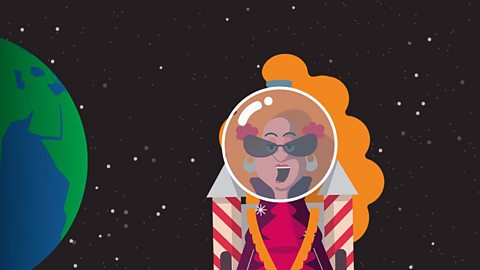Imagine that youâre just about to take your first spacewalk. As you go through the hatch, the International Space Station (ISS) is moving at around 17,000 miles per hour. The earthâs surface is 250 miles below you.
Youâre sweating, and your heart is hammering loudly. The voices of your crew crackle on the radio. But outside of your spacesuit, everythingâs quiet. Thereâs no noise at all.
So whatâs the story here traveller? Light travels across space, but what about sound?
Tim Peake and Fran Scott explain why you can't hear anything in space. Archive: ESA, NASA

The story of starlight
Although sound waves canât travel in space, light waves can. Thatâs why everything we know about the Universe comes from light.
Light travels at an amazing 299,792 kilometers per second. It can go seven-and-a-half times around the world in one second. But even at this speed, it takes light over 100,000 years to travel across our galaxy alone. The entire Universe is so big that many stars are already dead by the time their light reaches us.
Scientists have discovered that each star has its own unique light reading. Even though we could never visit them, we can use their light to study them. Written in the starlight is information about a starâs age, surface temperature and the direction itâs heading.
Astronomers have used light to reveal even more about space. They have discovered alien worlds, the age of our Universe and even the forces at play around a black hole. In short, light is helping us unlock some of spaceâs greatest mysteries.

Explore the gallery below to find out about some of the most beautiful and extraordinary images of our Universe.
Space gallery
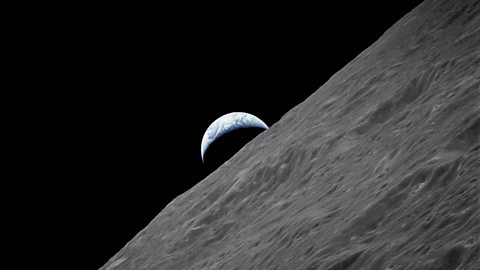
Image caption, This image shows the earth rising above the surface of the Moon. It was taken by astronauts on-board the Apollo 17 spacecraft (the last manned mission to the Moon) as they orbited the lunar surface in 1972. NASA
1 of 8
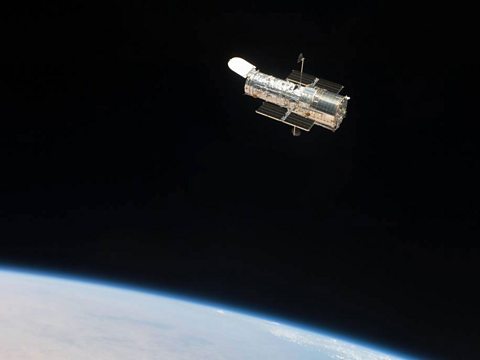
Your eyes in the sky
Your eyes aren't powerful enough to see all the secrets of space. Thatâs why scientists use telescopes, satellites and probes to observe the Universe in greater detail. These instruments can also pick up light that is undetectable to our eyes.
Studying light on Earth has a few problems. The earthâs atmosphere disturbs and blurs our pictures of the Universe. But by putting telescopes into space, you can solve these problems instantly.
Satellites and probes offer similar benefits. Probes are unmanned spacecraft on a one-way ticket into space. They pick up scientific data about our Universe and beam it back to Earth.
Some probes orbit and land on different planets. Others head out into space. The probe Voyager 1 set off on its journey in 1977 and itâs now over 12 billion miles away.
No doubt youâll see some major space technology breakthroughs during your lifetime. Who knows what weâll uncover?


Bitesize Primary games. game
Play fun and educational primary games in science, maths, English, history, geography, art, computing and modern languages.

More on Space
Find out more by working through a topic
- count8 of 9
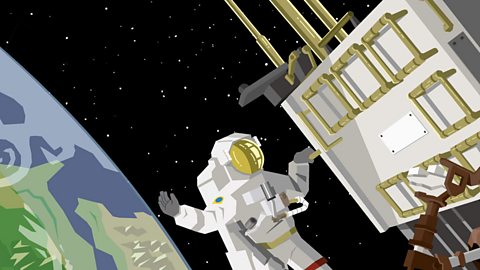
- count9 of 9
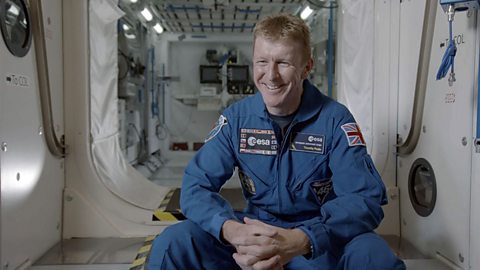
- count1 of 9

- count2 of 9
